Highlights from the 2022 BP Statistical Review
R-Squared Energy
JULY 13, 2022
The remaining share of primary energy use consisted of hydroelectric power (6.8%), renewables (6.7%), and nuclear power (4.3%). Global coal consumption has been on a downward trend since peaking in 2014. in 2020, nearly reaching 2014 levels. Renewables and Nuclear Power. to reach a new all-time high.

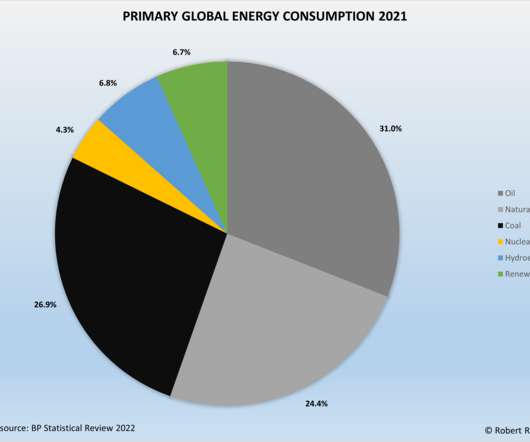

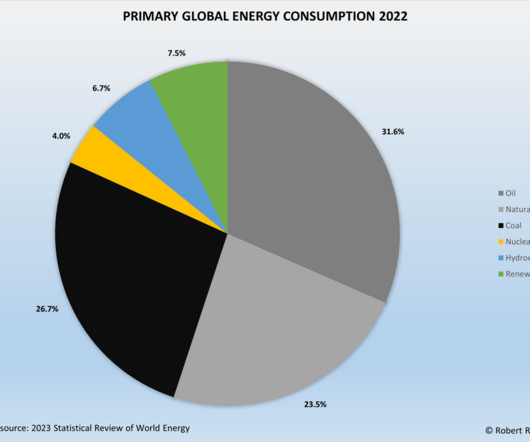

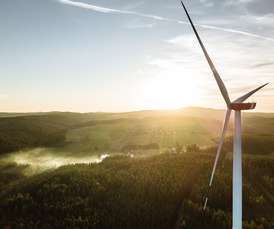
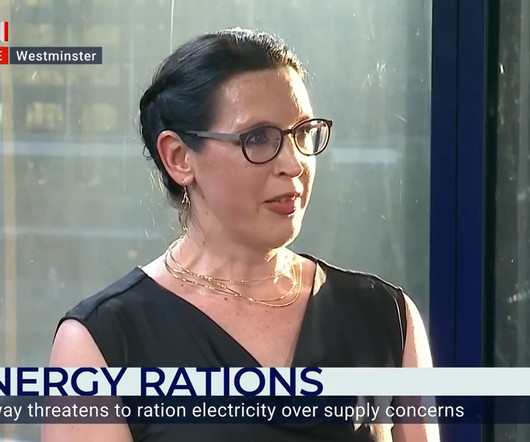

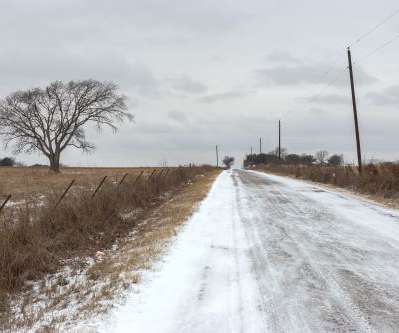
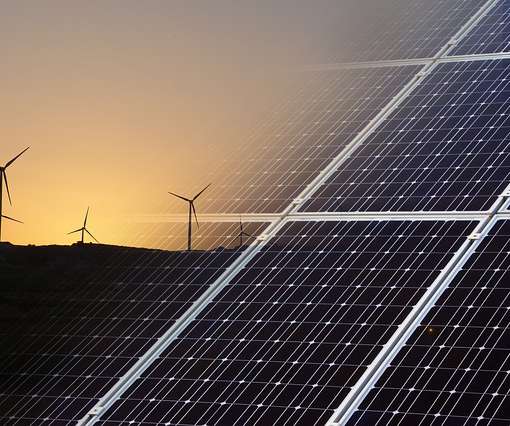

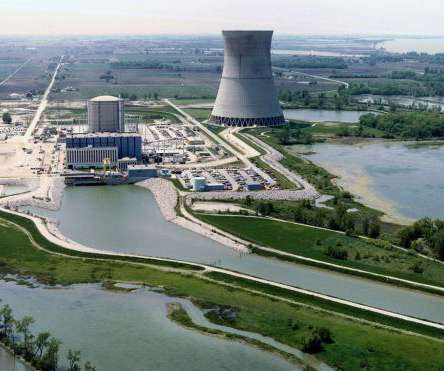









Let's personalize your content